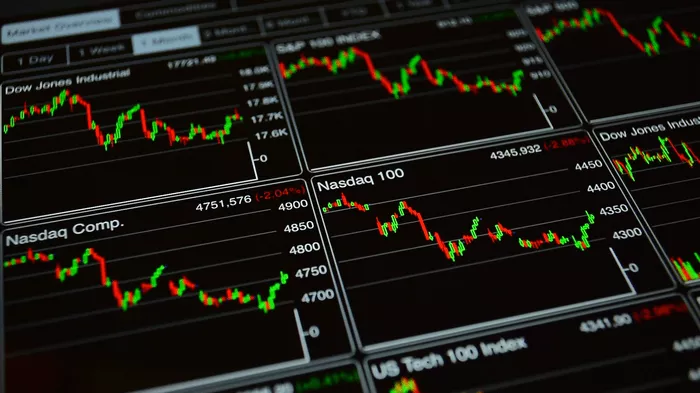Oil prices experienced a slight decline on Tuesday as fears over a weakening Chinese economy dampened demand prospects, albeit tempered by growing expectations of imminent interest rate cuts by the U.S. Federal Reserve.
By 12:21 GMT, Brent futures slipped 9 cents to $84.76 per barrel, a marginal decrease of 0.1%, while U.S. West Texas Intermediate (WTI) crude dropped 13 cents to $81.78, down 0.2%.
China’s economic growth in the second quarter fell short of expectations, expanding at a rate of 4.7% as reported by official data, marking its slowest pace since early 2023 and undershooting a 5.1% forecast in a Reuters poll. This slowdown was attributed to a prolonged downturn in the property market and heightened job insecurity.
Furthermore, China’s refinery output declined by 3.7% year-on-year in June, continuing a third consecutive monthly drop primarily due to scheduled maintenance, coupled with reduced processing margins and subdued fuel demand that led independent plants to curtail production.
Federal Reserve Chair Jerome Powell’s remarks on Monday suggesting a potential turnaround towards interest rate cuts as early as September provided some support to oil prices. Lower interest rates typically stimulate economic activity and thus oil demand.
On the geopolitical front, Houthi rebels in Yemen responded to Israeli actions in Gaza by targeting three vessels, including an oil tanker, in the Red and Mediterranean seas with ballistic missiles, drones, and booby-trapped boats. Although these incidents have not yet impacted oil supply, disruptions in the Red Sea have forced ships to take longer routes, delaying oil deliveries.
Meanwhile, Russian Deputy Prime Minister Alexander Novak stated on Monday that the global oil market is expected to achieve balance in the second half of the year and beyond, thanks to ongoing production cuts agreed upon by the Organization of the Petroleum Exporting Countries (OPEC) and its allies, collectively known as OPEC+.
The combination of concerns over Chinese economic slowdown and optimistic expectations of Fed rate cuts has created a complex landscape for oil markets, influencing trading sentiments globally.


